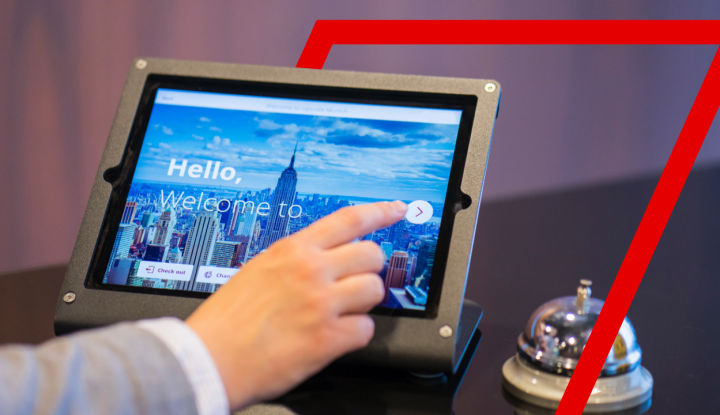Learning from others
Creating customer-centric digital experiences isn’t something the airline industry is known for. In fact, a Sabre UK study found that only eight percent of people associate the airline industry with having personalized service. Some of the best example of customer-centric digital systems built around building customer memory are found outside the aviation industry, in digital retail. There’s one company that continues to set the standard for data-driven customer memory: Amazon. Amazon has invested heavily in the smart application of customer data to turn a very impersonal retail presence — developed with no brick-and-mortar or personal interactions at all — into a very personal space. It’s technology remembers each customer’s orders and product views then correlate a purchasing trend not only to make related product recommendations but also to send teaser reminders of commonly purchased products which may need replacing. This focus on the details not only makes the sales process smoother for the company but also more pleasurable and accurate for the consumer. The strategy also encourages additional purchases by remembering abandoned cart items, triggering suggestions based on previous purchases, and sending timed requests for ratings which help boost the product to other customers, creating a sense of customer community and lending credibility to the brand.Memory is data-driven personalization
Amazon’s personalized operations result in a better experience for the customer. This analytical approach to personalization generates $543 in revenue per user – the highest among all online retailers. As a result, the company reported $100 billion in annual revenue in 2015. There’s something to be said for using customer data to create a personalized experience and airlines can learn a lot from companies like Amazon. Consumers now expect personalization from brands in every industry. Digital systems bring the customer into focus, capturing data and then deploying it to benefit the customer. Many of the companies that focus on personalization spend their resources trying to be proactive about the customer’s experience, rather than reactive through social media channels. Airlines have invested heavily in social teams to address customer complaints and to push brand messages through creative campaigns. They have also invested in physical spaces, hard assets, and customer-facing staff. In addition, they’ve developed highly complex systems to manage flight logistics. These are tuned for operational efficiency and crisis response, rather than for building long-term relationships with travelers. The customer has a long memory and so must the airline. Amazon doesn’t spend large sums of money with social media teams to respond to customer complaints or to up-sell customers. These things are not necessary because Amazon anticipates service disruptions and updates customers in real-time. The design of the retail platform itself raises awareness of new products related to the individual customer, whose lifestyle preferences as reflected by their previous purchases. And, of course, Amazon earns plenty of press with technology experiments (whether they’re effective or not doesn’t really matter) which keep the brand at the forefront of a public conversation on the future of retailing.Bringing customer memory to airlines
Customer-centric systems support this transformation by bringing familiar retailing and service efficiencies which have made brands like Amazon a strong first-choice global retailer. As air traffic grows over the coming years, air travel will become a common need for many, and airlines will need to develop more efficient ways to manage their interactions with those millions of flyers. Responding to complaints via social media just won’t be good enough. Eliminating the need for this reactive stance is far better. Finding a path away from anonymous bulk selling of destinations to personalized, bespoke retail. Success comes from identifying those moments when customers are most likely to opt-in. These moments are also when they are most likely to be delighted by the airline’s engaged awareness of their travel circumstances.The airline’s willingness to offer solutions when they are most needed is at the essence of building customer memory. The intrepid airline carves a place in the customer memory, becoming an invaluable lifestyle need and first-choice travel provider in the hyper-connected world. The report below discusses the industry’s unique complexities, introduces possible solutions, and analyzes new findings in digital commerce tech.








